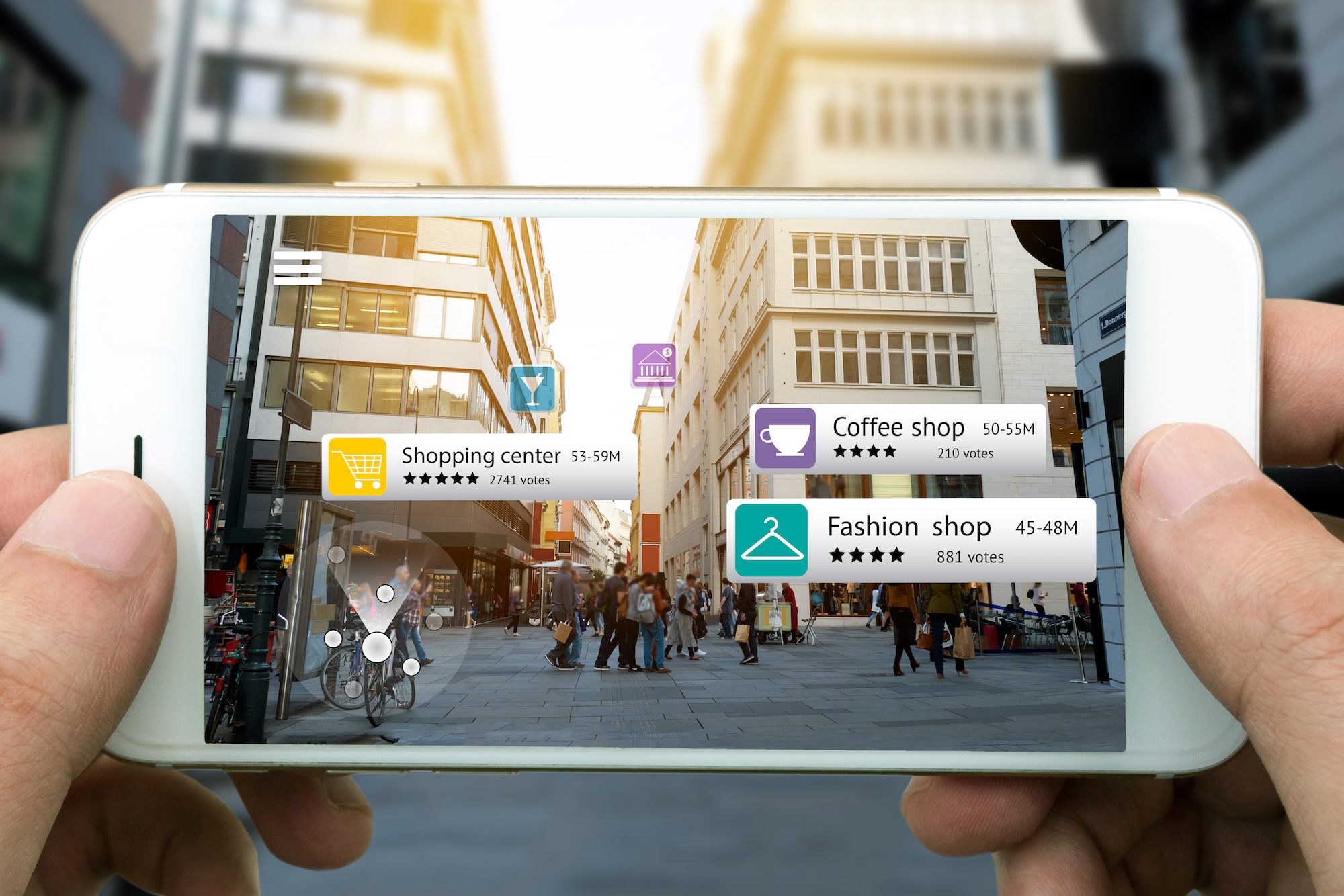3D Printing Mastery – Unleash Your Creativity
Discover the art and science of 3D printing with tips, tutorials, and innovative designs.
Augmented Reality: The Future is Now and It's Closer Than You Think
Discover how augmented reality is shaping our lives today! Dive into the future now—it's closer than you ever imagined!
How Augmented Reality is Transforming Industries Today
Augmented Reality (AR) is rapidly transforming various industries by enhancing customer experiences and streamlining operations. In retail, AR applications allow customers to visualize products in their own environment before making a purchase. For instance, companies like IKEA use AR apps that enable users to place virtual furniture in their homes, enabling informed buying decisions. This technology is not limited to retail; it is also making significant impacts in education and training, where immersive simulations are used to teach complex concepts and skills more effectively.
Moreover, the healthcare sector is leveraging AR for surgical training and patient care. Surgeons can use AR to overlay critical information during procedures, improving precision and outcomes. As noted by sources like Forbes, AR technologies are being integrated into medical training programs to provide students with hands-on experience in a safe, simulated environment. As these technologies continue to evolve, the potential for AR to reshape industries is vast and exciting, promising to enhance efficiency and innovation across the board.

The Everyday Applications of Augmented Reality: What You Need to Know
The integration of Augmented Reality (AR) into our daily lives is becoming increasingly prevalent, transforming the way we interact with the world around us. From shopping to education, AR enhances experiences by overlaying digital information onto our physical environment. For instance, retailers like Sephora have embraced AR technology, allowing customers to virtually try on makeup through their mobile devices. This not only enhances customer engagement but also significantly influences purchasing decisions, as consumers can visualize products before committing to a buy.
In addition to retail, Augmented Reality is revolutionizing the educational landscape. Interactive AR applications provide students with immersive learning experiences, enabling them to explore complex topics in a more engaging manner. For example, zSpace offers AR and VR solutions that allow students to dissect virtual organisms or explore historical sites, significantly enhancing understanding and retention. As AR technology continues to evolve, its everyday applications will further demonstrate its potential to enrich various aspects of our lives, merging the digital and physical worlds in unprecedented ways.
Why Augmented Reality is the Next Big Thing in Technology
Augmented Reality (AR) is rapidly emerging as a groundbreaking technology that blends digital information with the physical world, creating immersive experiences that have the potential to revolutionize various industries. From healthcare to education, the applications of AR are extensive. According to a report by Forbes, businesses are increasingly adopting AR tools to enhance customer engagement and streamline operations. As AR technology continues to evolve, its ability to provide interactive, real-time information will likely change how we interact with our environments.
One of the primary reasons Augmented Reality is considered the next big thing in technology is its potential to enhance user experience across diverse platforms. For instance, AR applications in gaming allow players to interact with virtual objects in real-world settings, thus blurring the lines between reality and digital entertainment. Moreover, industries like retail are leveraging AR for virtual try-ons and product visualization, significantly improving customer satisfaction. A study published by Statista indicates that the AR market is set to grow exponentially, with forecasts suggesting a market value of around USD 198 billion by 2025. This anticipated growth underscores the increasing importance of AR in our everyday lives.